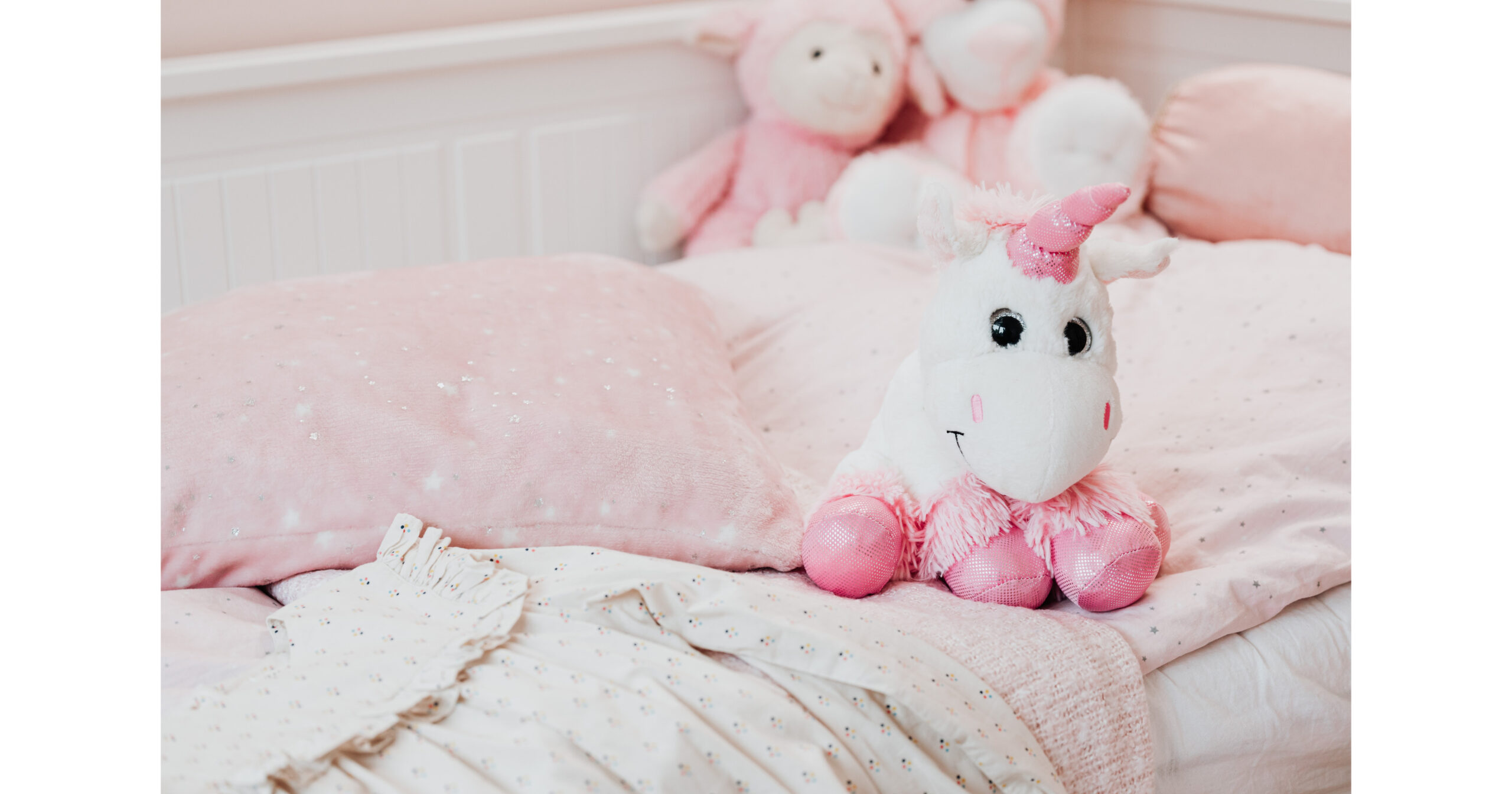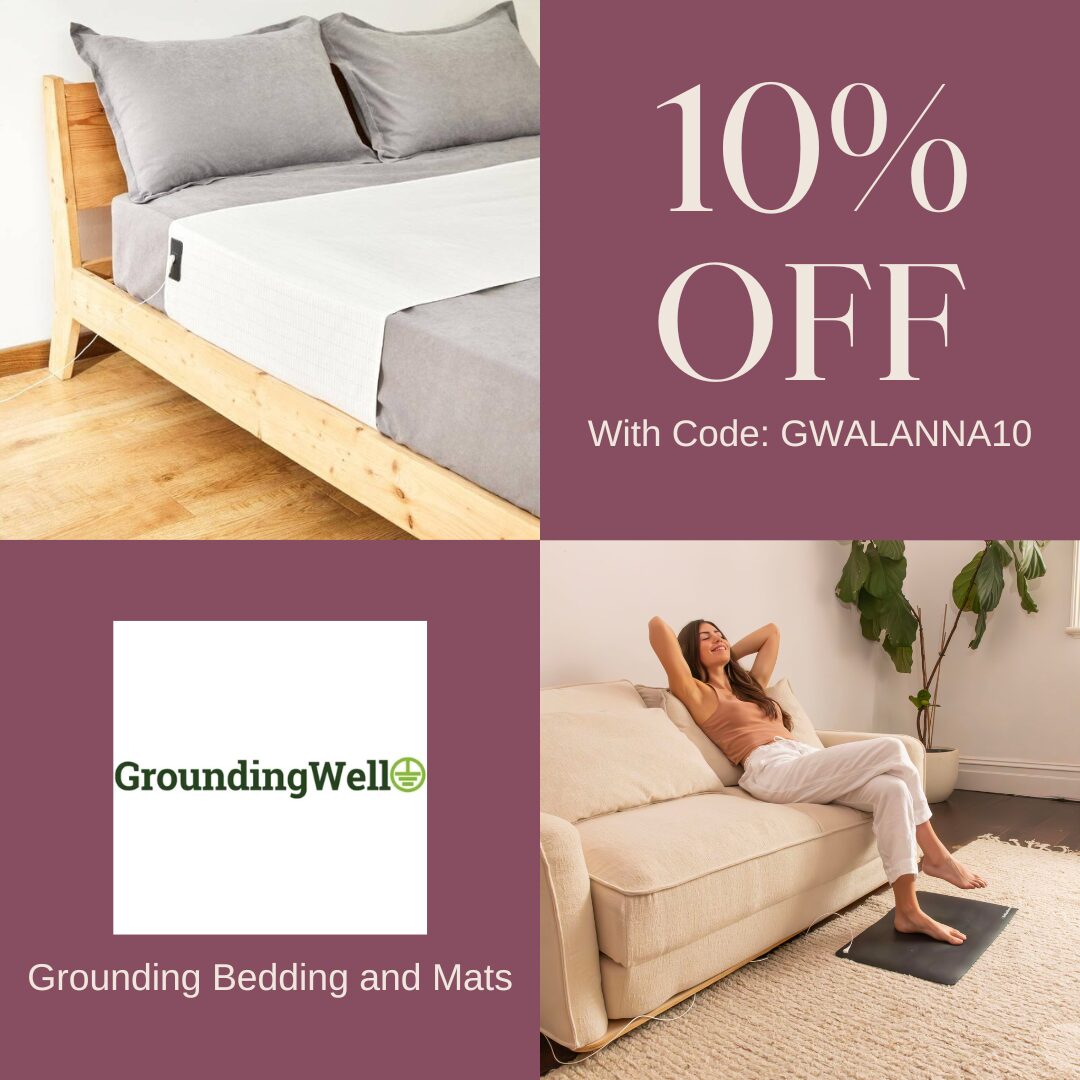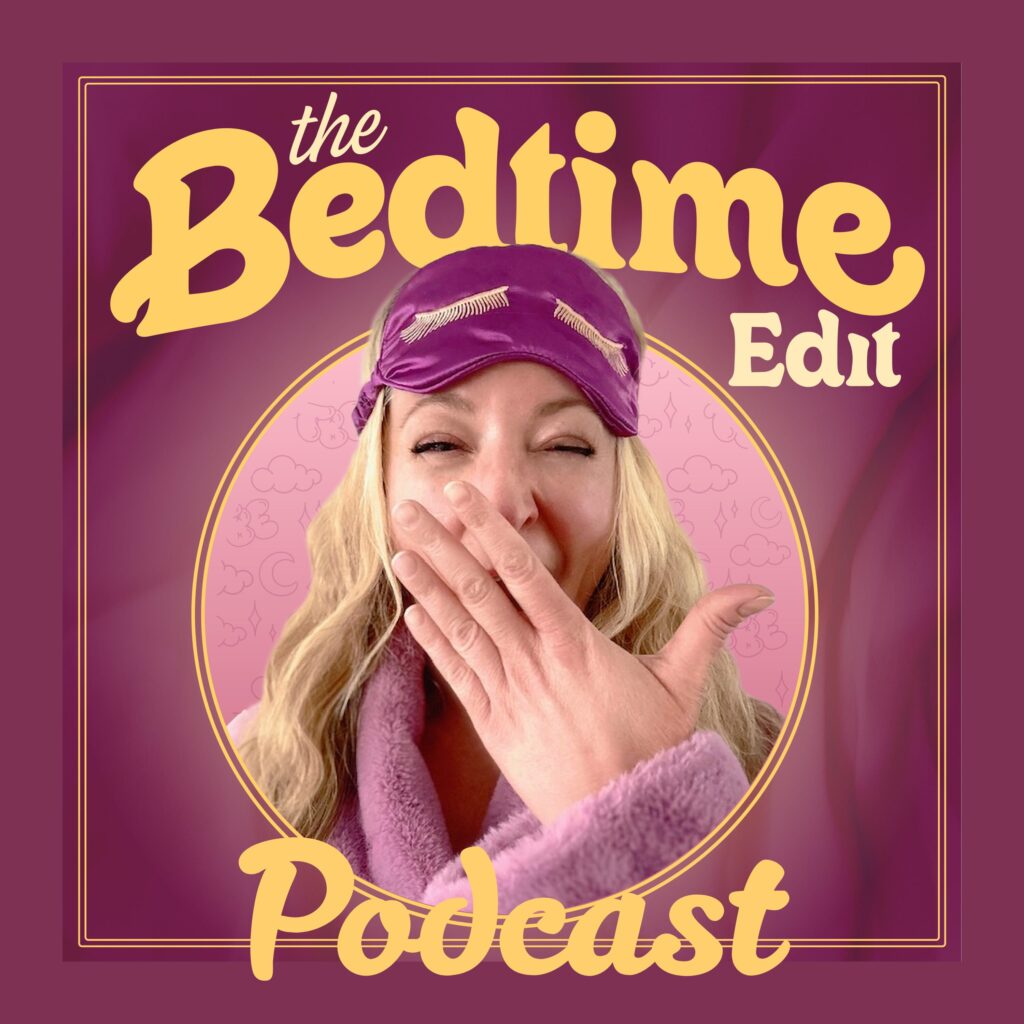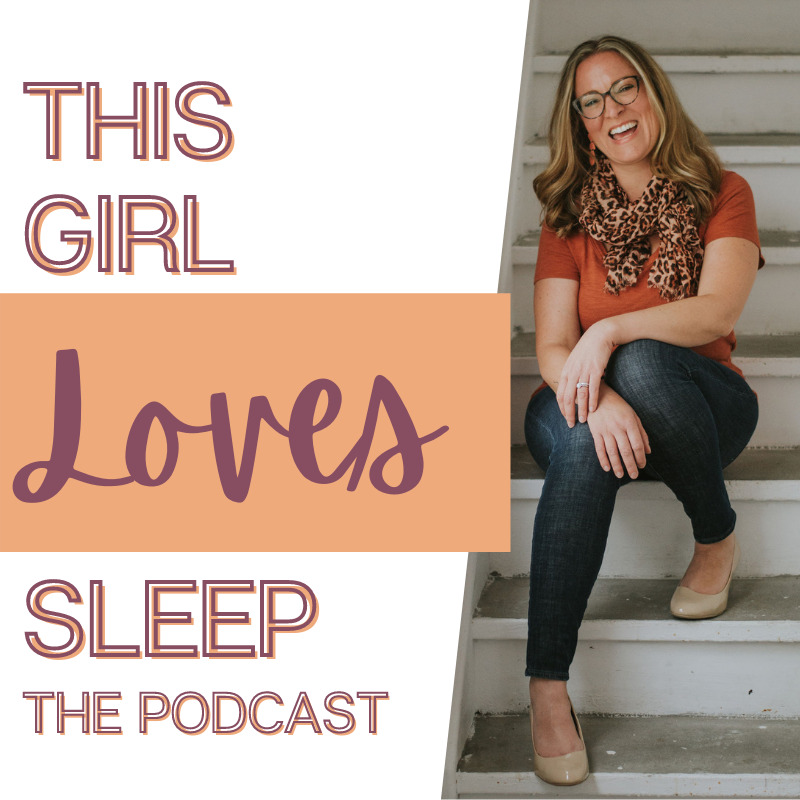Baby on the way? Let the gift giving begin! The people in your life will want to support you by buying you things for your new baby. It gives them the chance to walk down memory lane and get all the warm fuzzy feels of expecting and caring for new babies.
Baby showers are curated by your loved ones with the best of intentions, but it is common to receive gifts that are not safe for sleep. The infant stage is defined as the first twelve months of life, and newborns are at the highest risk for SIDS.
Sign Up For Our Newsletter
Accept the homemade baby pillow or giant stuffed teddy bear graciously during your shower. Then use the following information to help you stay safe and know what you will do with the baby gifts that are not safe for sleep.
Loose Blankets
It is natural to assume you will use loose blankets for sleep, but beware. Loose blankets can easily suffocate babies. The best type of blanket to give your baby is a wearable blanket, also known as a sleep sack, which keeps the material away from their face.
So, what do you do with the blankets? You may think they are too pretty to use as a burp cloth, but that is a great way to use them! Cover your diaper changing table at home or keep them in the car and stroller for on-the-go diaper changes. Lay a blanket on the ground for outdoor feedings or tummy time. Play peekaboo with your blankets and wave them over you and baby for some sensory play. Certainly, save your baby blankets for later because once your toddler or preschooler is out of the crib, they are perfect for sleep.
Stuffed Animals
You’ll undoubtedly get them as baby gifts, and stuffed animals pose the highest suffocation risk to your child in their first years of life. Also included in this category are soft rattle toys and the popular pacifier-lovey combo.
Stuffed animals are not safe for infant sleep, but perfect for play! They are a wonderful addition to use at tummy time and for sensory play. Take turns stroking a soft toy over your own and your baby’s skin. Use them to maintain their attention during fits of fussiness or tummy time. Put on puppet shows and give each toy a silly voice. There are countless educational uses for stuffed animals like learning the alphabet, counting, or sorting them by color. Decorate your nursery with them but leave them out of your baby’s sleeping spaces.
Pillows
Infants don’t require a dedicated pillow for head and neck support. In the baby and toddler stages, your child will be the safest and will grow optimally without a pillow.
Pillows are warm and cozy, but the risk of suffocation is high for new babies. Do not allow your infant to sleep inside a nursing pillow, baby lounger, or add pillowy additions to their car seat.
Feeding pillows are wonderful for their intended use. They work great to prop your baby up for tummy time, snuggles and supported sitting. Loungers and pods can serve as a soft place to quickly lay your awake baby down, but they should not be used for sleep.
Noise Machines
Protect your baby’s hearing by practicing safety with sound machines. Place the machine at least seven feet away from their head. Set it at or below the volume of a running shower. Use sound machines and soother toys to create a relaxing environment for your baby, but don’t place them directly into their bed, stroller, or car seat.
Swings & Bouncers
Baby swings and bouncers, sometimes called containers, are a popular choice for gifts because they give parents a break from holding their baby. The motion they provide can help to soothe an upset baby.
New babies sleep frequently, about every 60-90 minutes. The likelihood is high that they will fall asleep while in their container. Sleeping at an incline of more than ten degrees, which most of these containers are, can be deadly. If your baby falls asleep, move them to their safe sleep space to sleep on their back on a firm and flat surface.
Hats & Headbands
Do not leave your baby unattended or to fall asleep wearing a hat, hood or headband. They can fall and cover your baby’s nose and mouth, blocking their airway. Keep safety as your top priority and remove hats and headbands if you need to place your baby down unattended, even for a quick shower.
Many items that are traditionally associated with sleep or thought to be safe aren’t appropriate during the baby stage. Baby sleep science is always evolving, as well as the legal guidelines for infant sleep products. As the guardian of your little one, take charge of your own learning or relearning about sleep safety and eliminate any risks you can.










